Cross-Curricular School Trips To Normandy
Travelbound is here to make all your school trips to Normandy memorable experiences and can tailor your itinerary to meet a wide range of learning objectives. We also love a challenge, so let us know if you’re looking for something new in between your Normandy favourites.
Stay at the Château du Molay on school trips to Normandy
This charming 18th-century château, operated by Travelbound, provides the perfect setting to unwind after a busy day of sightseeing. With 38 acres of parkland, students can enjoy plenty of space to burn off energy or participate in a variety of organised activities.
Our friendly and experienced château staff are always on hand to help during your stay. Plus, a 24/7 contact number ensures you can always reach a real person in case of any unexpected issues, offering complete peace of mind.
Highlights of school trips to Normandy
Bayeux Tapestry’s story in stitch
D-Day history at Arromanches
The Gothic Benedictine abbey on Mont Saint-Michel
Meeting the goats at a cheese farm
Hawkley Hall High SchoolI could not have asked for a better tour coordinator. Laura was superb throughout the whole process and was always very efficient in getting me the information and answering any of my questions.
Suggested itinerary
What's included
*Please note, entrance fees where applicable are not included in typical price – contact us for more details
Recommended excursions
This long embroidered scroll is the most important relic to have survived from the 11th century. Students can see the epic story of William of Normandy’s conquest of England in 1066, and consider the French and British interpretation of events. Tip: A workbook is available in French for MFL students. A workspace with a tapestry image replica can be pre-booked for one hour for school groups.
Please note: The Bayeux Tapestry Museum will be closing on 1st September 2025 for a complete renovation and is due to re-open in Autumn 2027.
This outdoor adventure park, located in Cussy, close to Bayeux offers a wide range of activities for students. The Activity Pass includes high ropes courses, mini-golf, tubing, permanent wooden maze and maize maze (seasonal), fixed track zorbing (over 12’s), peddle karting, bubble football and more! There is an on-site café and picnic area. Open April to Sep/October (on request for school groups outside of public opening times).
This is the largest of the 18 Commonwealth military cemeteries in Normandy. It contains 4,868 graves of soldiers from the UK and 10 other countries, including Germany. Many of the soldiers buried here were never identified, and the headstones are simply marked ‘A Soldier Known Unto God’. Students can reflect on the sadness, sacrifice and honour of war.
This French Language challenge, designed by specialist company E3 Trails, is a team activity based on a virtual game show. The aim of the activity is to have fun and reinforce students’ vocabulary on the subject of ‘Food and Drink’.
During the ‘The Battle of the Bistros’, teams must earn food stars for their bistro by undertaking various food and drink-themed activities in the town of Bayeux. The four activities are: uncovering the name of the bistro from a word search (about shopping), designing the bistro logo and tagline, ‘shopping’ for ingredients and answering true or false questions about food and drink in France.
Students visit a local French market, bursting with delicious produce. Teams complete an Assignment to buy a variety of food items using their French language skills. The items will be used for a food-based activity on their return to the Chateau.
A trip to a traditional French bakery lets pupils learn about the complete process of bread making. Students can actively participate and eat in or take away what they help to create. This tour is worthwhile just for the smell alone, but there are also great opportunities to ask the baker some questions in French.
Available April until early July, September and October.
This must-see sight in Normandy in the former transatlantic liner art deco terminal is devoted to the adventure of man and the sea. Come aboard the nuclear ballistic missile submarine ‘Le Redoutable’, jewel of the French navy, re-live the only crossing of the Titanic and follow the route of 50 million emigrants to the New World, and explore three floors of spectacular multimedia displays and stunning aquariums full of life and colour.
Mont Saint-Michel, a gothic Benedictine abbey, is perched on a rocky islet amid vast sandbanks exposed to powerful tides. Over the years the island’s abbey has served as a prison, a fortress against the English and a monastery. As well as the abbey, your group can explore the medieval buildings of the village that grew up beneath its walls, along with stunning views.
This working goat farm allows students to see how dairy products such as milk and cheese are produced. Students can play with the goats and learn about the cheese-making process. It’s a great way to find out more about the traditional produce of the area and also presents a good chance to practice language skills and develop vocabulary. The visit includes a short educational film, a talk and a cheese tasting. Visit can be conducted in French or English.
You can choose from a range of fun and educational activities, and experienced chateau staff are on hand to ensure that the students are having fun all day and night. Available activities include: a blind trail walk, survival skills, initiative exercises, using various sports facilities for sporting games (such as the seasonal outdoor swimming pool), planting a tree and circus frenzy to name a few.
The 19 minute film ‘100 days of the Battle of Normandy’ is projected in High Definition on 9 screens. The film tells the story of the military planning, preparation and execution of the Battle of Normandy thanks to archive images gathered from English, Canadian, German, American and French archives. The Battle started with the landing of the paratroopers the night of the 5th to the 6th of June 1944, followed by the landings of troops on the Normandy beaches and lasted for three months. The end came with the liberation of Paris and the bombing of Le Havre.
The Normandy American Cemetery and Memorial covers 172.5 acres and contains the graves of 9,387 military dead, most of whom lost their lives in the D-Day landings and ensuing operations. The memorial, set around a bronze statue, shows maps and narratives of the military operations. Visitors’ centre staff are available to answer students’ questions.
This factory, located in Livarot, has been run by the same family since 1910 and produces three of Normandy’s best loved cheeses: Livarot, Pont l’Eveque and Normandy Camembert. Visitors can discover the different stages of cheese-making with a view of the casting process, the maturing cellar and packaging.
Students enjoy a demonstration of the preparation of local specialities given by a French chef. This can take place in French or English. This is a great way to engage with the language, culture and local food.
This is the largest of the German cemeteries in Normandy, commemorating 21,222 German soldiers. Students can reflect on the casualties of war on both sides, and consider the German footsoldiers’ perspective. Students can also contrast the cemetery to those of the allied forces. Photo © Jennie Rainsford.
Visit the Cerisy Forest close to Le Molay Littry and introduce students to the fauna and flora of this local nature reserve. The students will be led to discover forest life in a fun and educational way by completing a treasure hunt-type activity based on the trees and animals found in this wide space spreading over 2000 hectares. The activity can be led in either French or English.
This spy-themed adventure is based around Elise Leclair, a lady in her eighties who is proud to have served as a messenger for the French resistance during the war, has set a challenge for students visiting Normandy. Students collect ‘intelligence’ throughout different venues across the region and discover beautiful historical sites such as Bayeux, Arromanches, the Mont St Michel and the Normandy American Cemetery. This quest can be designed to fit your own itinerary. Enrichment or MFL version available.
Aimed at groups travelling to Normandy to improve their students’ French language skills, this trail sees students engage in a spy-themed adventure. Students will work in teams to complete tasks at various locations. The adventure can be customised around a number of key sites stretching from the Bayeux Tapestry to Arromanches and Mont St Michel.
The theme of this amusement park is based around the historical events of 1066 and proves to be hugely popular with visitors. Students can let off steam on the roller coaster, waterborne dodgem cars and water flumes. There are also cinemas, daily live shows and gardens with snail-shaped vehicles on fixed tracks that take visitors on tours. Seasonal opening and excellent for younger students.
In the heart of the D-Day beaches, Arromanches is renowned for its ‘Mulberry’ artificial harbour. Its remains speak of the remarkable technical feat of taking 600,000 tonnes of concrete and equipment across the Channel in wartime to serve as a base for Allied troops. The museum uses models, videos and a diorama that movingly bring life to the displays.
This unique museum is dedicated entirely to the daily life and survival of civilians during World War II in Normandy. Built on the ruins of a house destroyed by bombs in 1944, exhibits include film, photographs, oral testimonies from civilians and objects from the period. An immersive film plunges the visitor into the bombings of WWII and it also looks at the period of Occupation in Normandy.
William the Conqueror was born at this castle in about 1028 and grew up here. Students can visit the ruins and follow the prosperous times and disasters the castle has seen – intermittent fighting in the Hundred Years War from 1337-1453, and again in 1944 bombing raids.
Tip: There are educational tools available to complement the visit.
The German artillery battery at Longues-sur-Mer was destroyed by Allied forces on 6th June 1944. Made up of 4 block houses and an observation post looking out to the sea, this is the only battery with its guns still intact. Longues-sur-Mer is one of the most important parts of the Historical Route of the Battle of Normandy at the heart of the allied assault sector between Omaha and Gold Landing Beaches.
Learn the secrets of production in the Apple-press and Fermentation room and the Art of Distillation. This multi-sensory visit is designed to promote the product and the history of the region and is suitable for all ages. The visit concludes at the Taste Bar where an expert will explain the art of tasting using the eye, the nose and the palate.
A must-do for any visitor to Normandy with a sense of adventure and appetite for local delicacies, a trip to the Odon Snail Farm offers an opportunity to discover the uniquely French tradition of snail farming from field to fork. A guide will walk you through each area of the farm, from the workshop and parks to the laboratory, before offering your group a chance to taste the escargots for yourselves.
This Memorial helps students study our shared past and introduces emotion and memory, using dynamic and diverse educational activities. It is possible to book a guide (at a supplement) to accompany the group on their coach to see the battlefield. A 360 degree 17 minute film to promote an understanding of our common European History opens on the 6th June 2019 to mark the 75th anniversary of the D Day Landings and the Battle of Normandy.
The British Normandy Memorial officially opened on the 6th of June 2021 as a place for remembrance and reflection.
Overlooking Gold Beach, just outside Ver- sur- Mer, the Memorial records the names of 22,442 servicemen and women, under British command, who fell on D- Day and during the Battle of Normandy.
A series of stone carved columns bear the names with the ‘D-Day Sculpture’ a set of bronze figures by British sculptor David Williams-Ellis, occupying a prominent position.
The site also includes a French Memorial, dedicated to the memory of French civilians who died during this time.

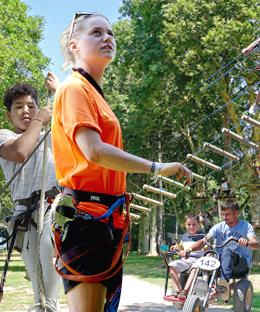
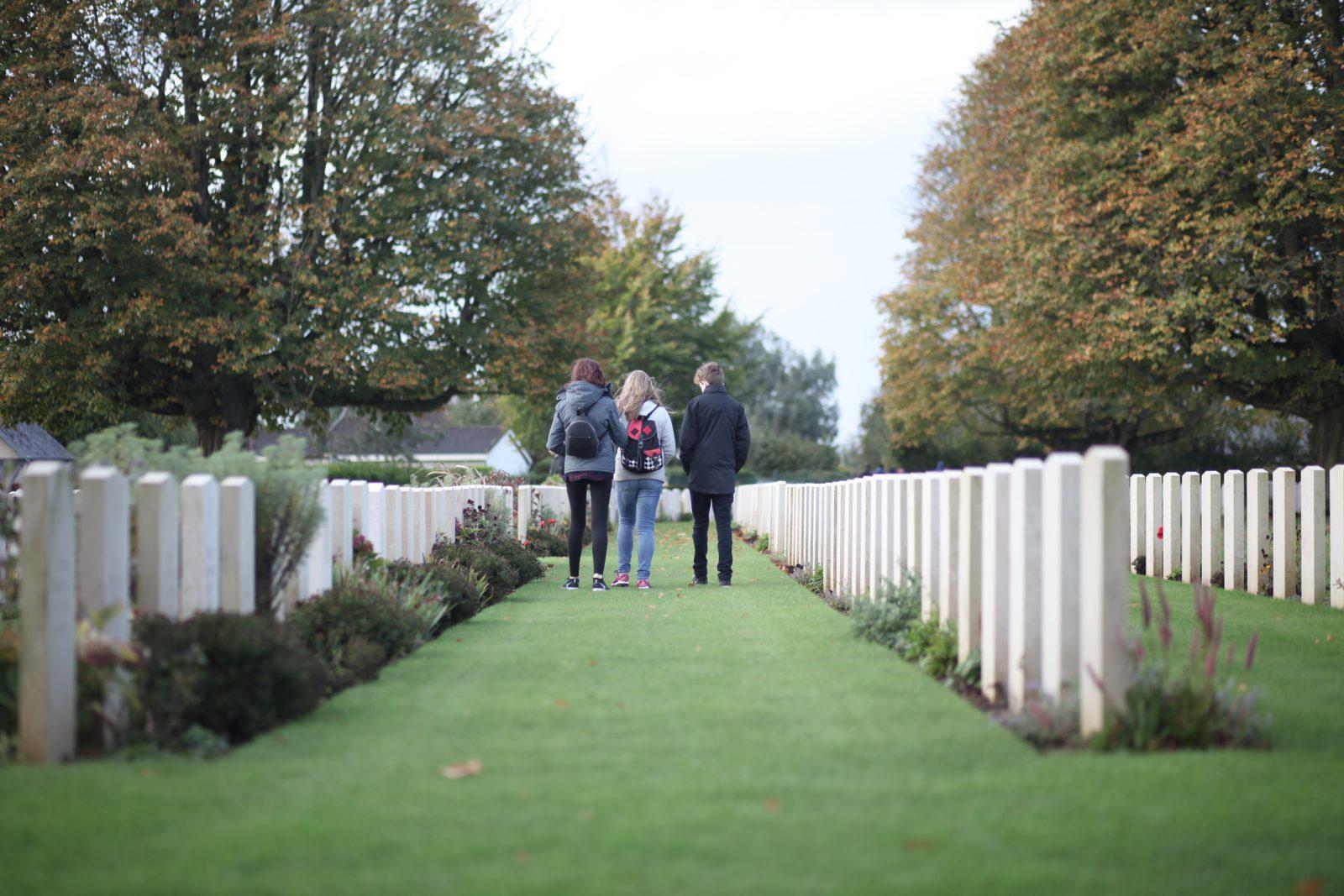
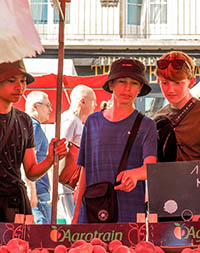

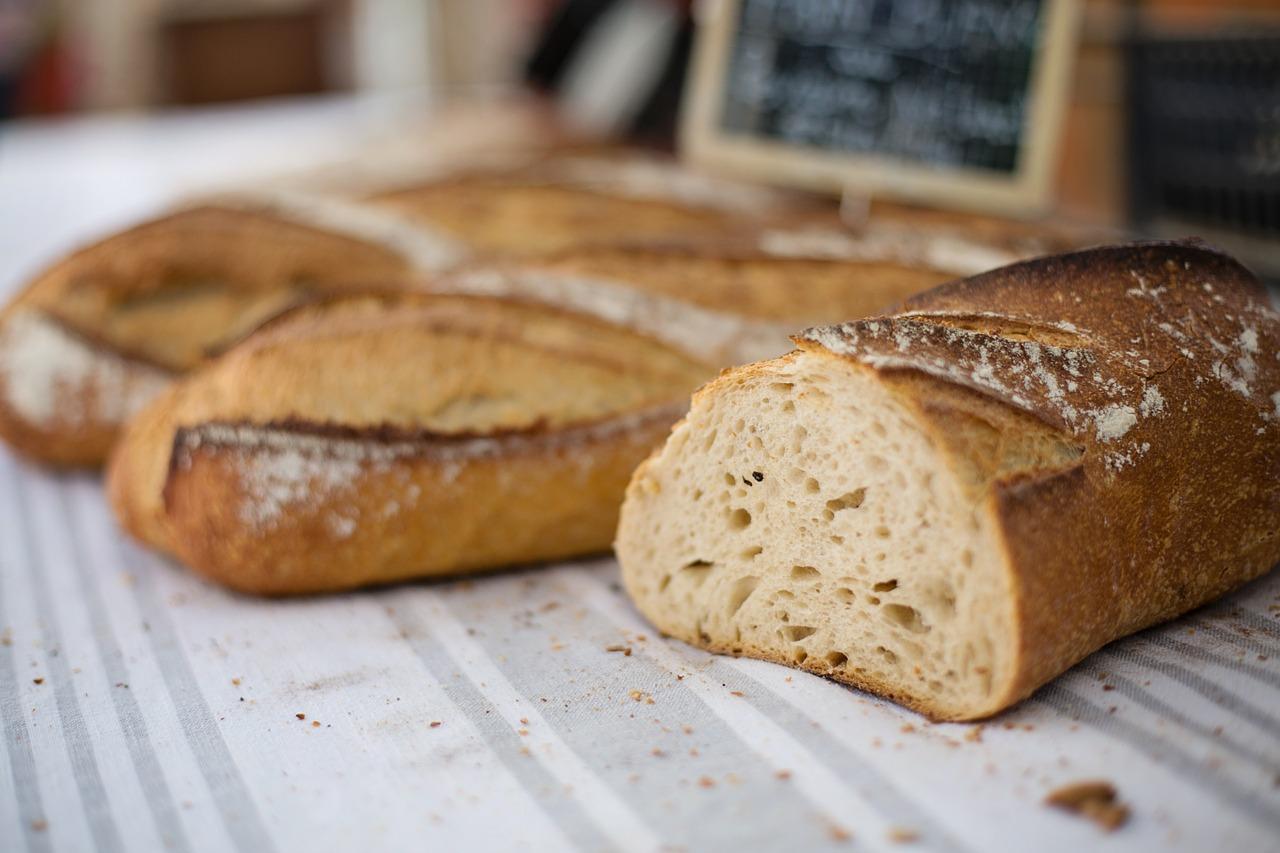
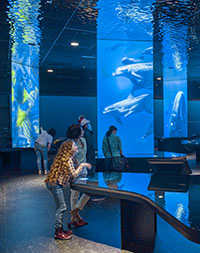
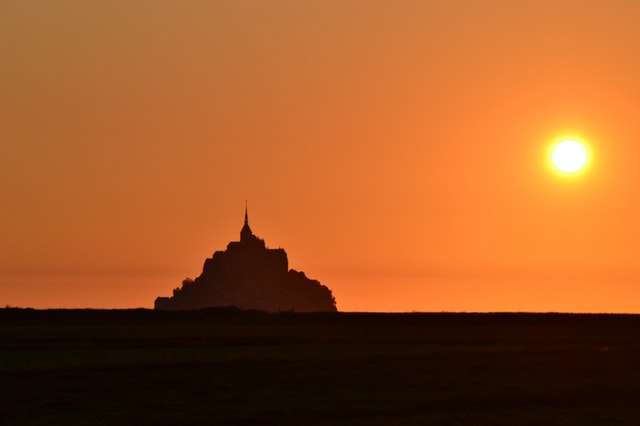

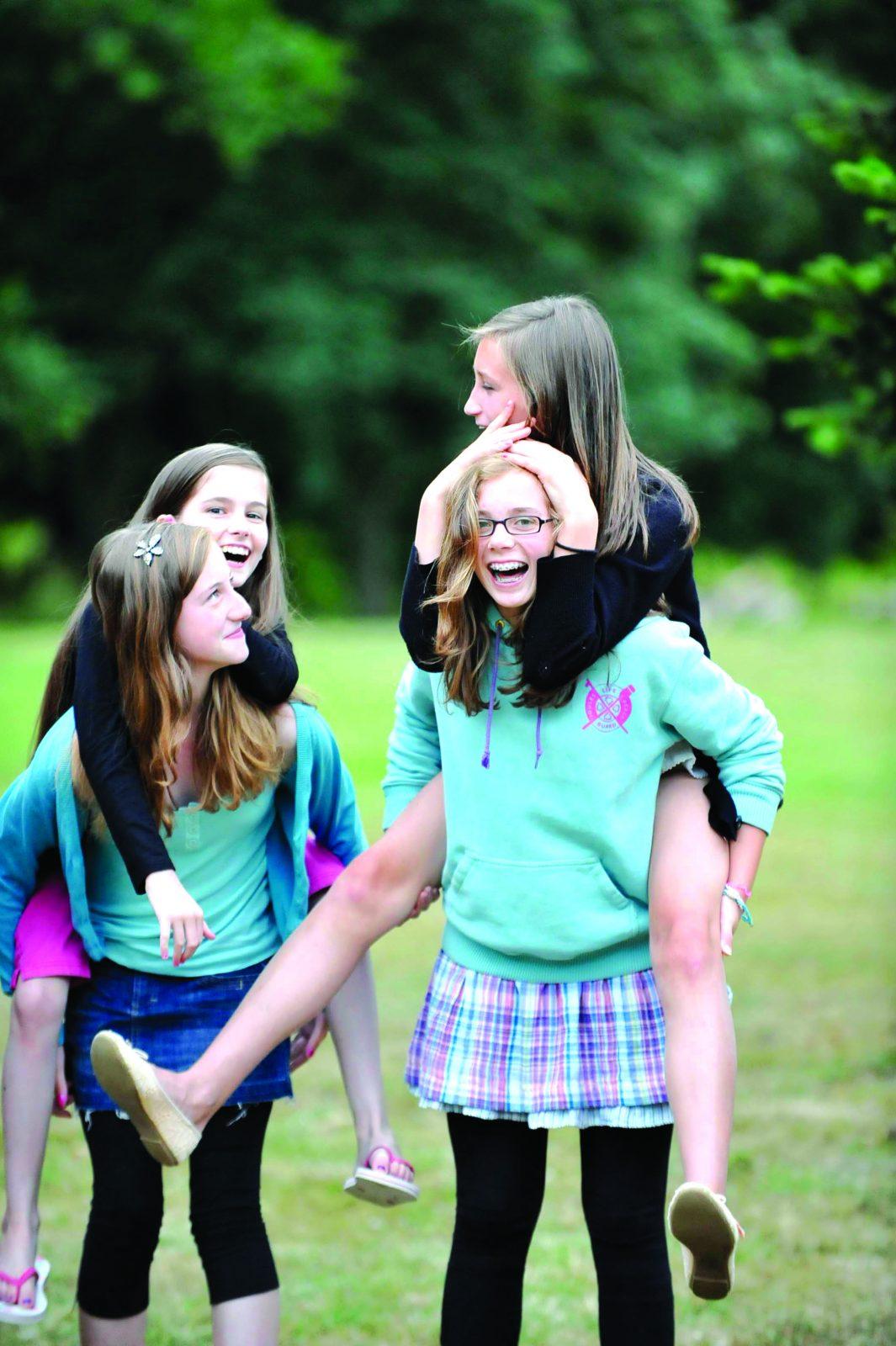

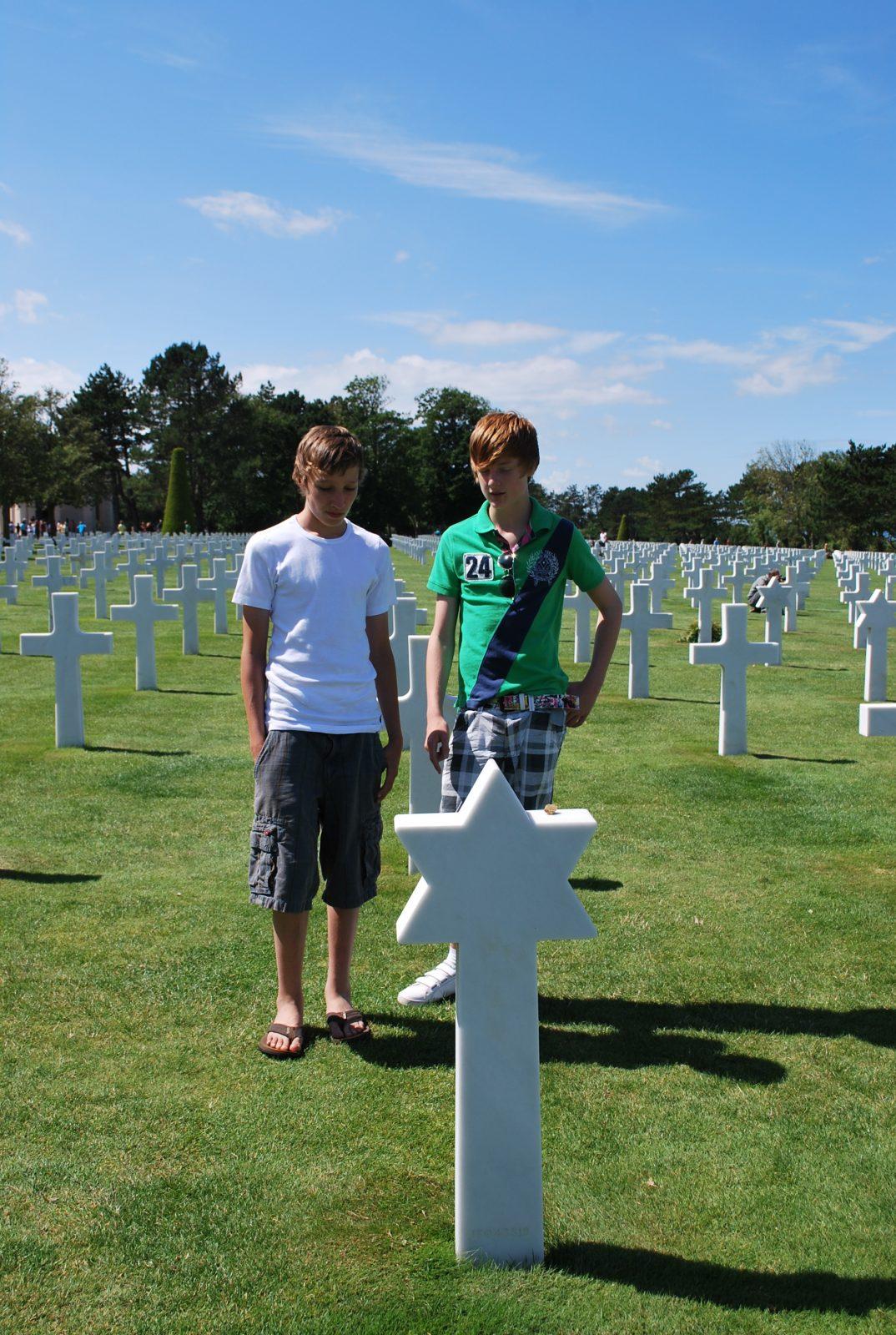
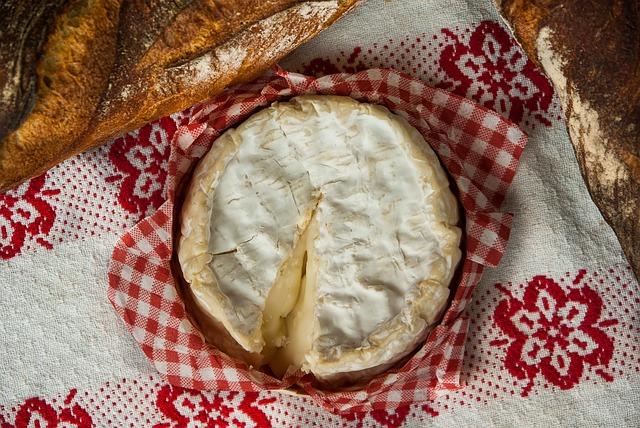
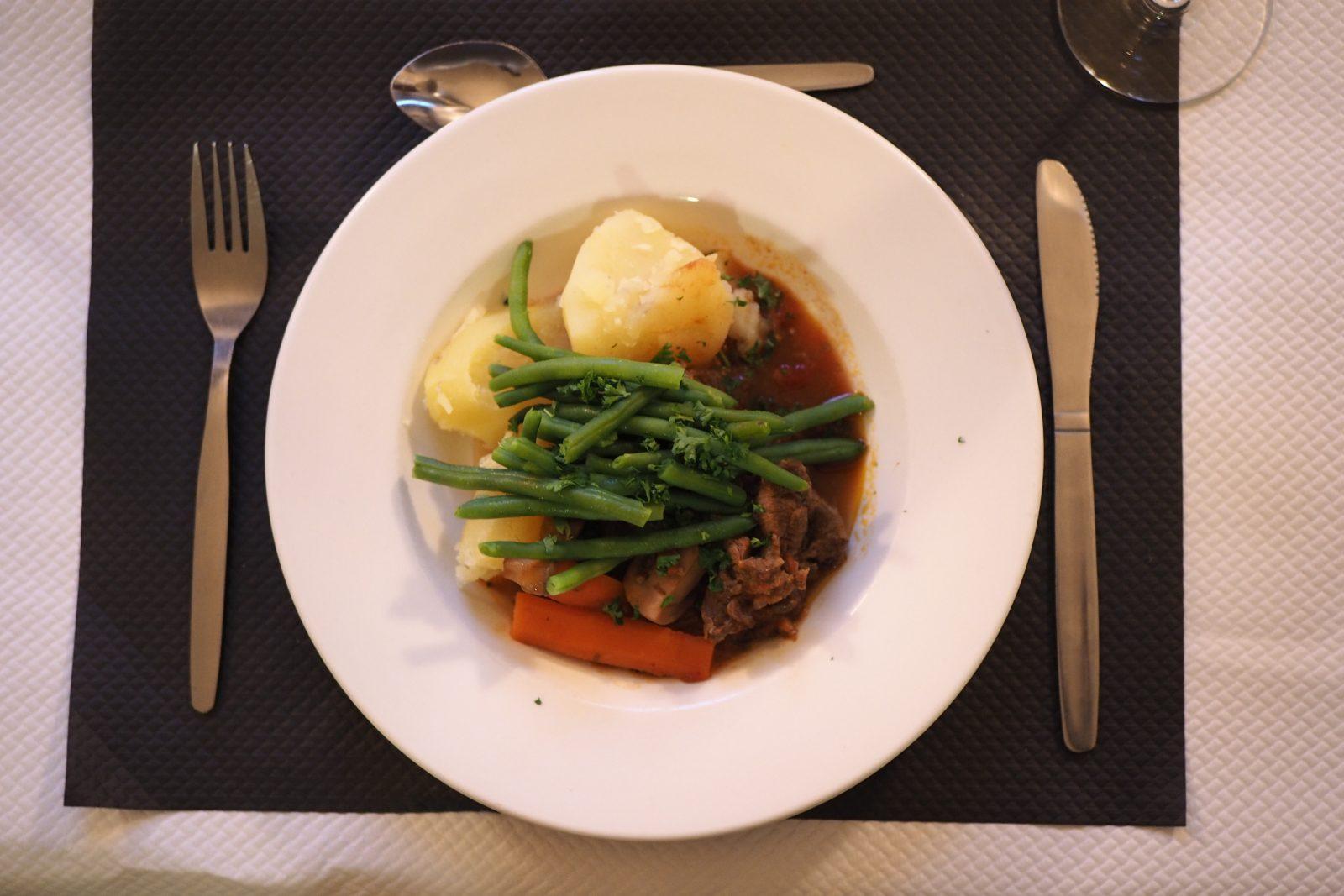
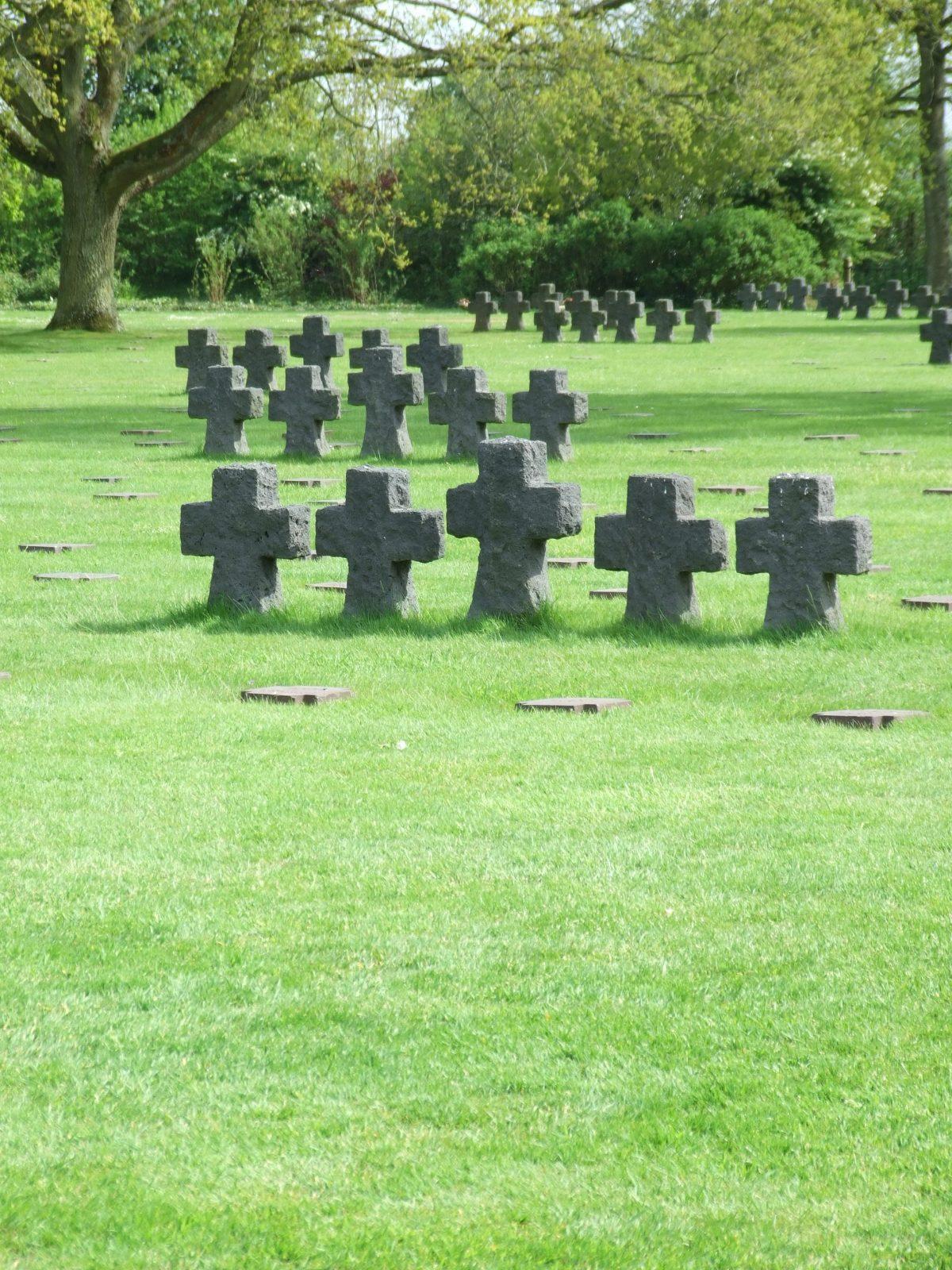


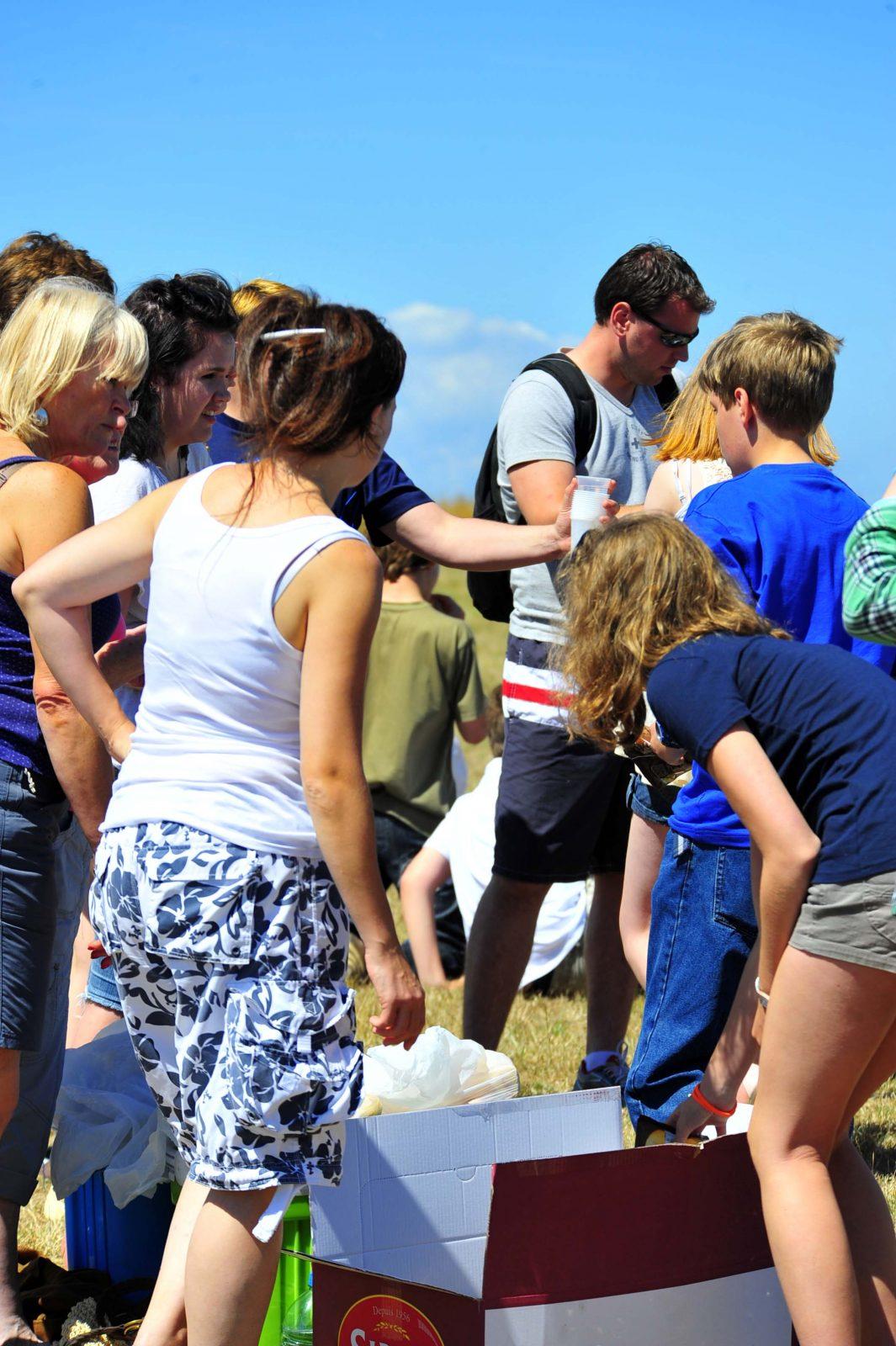

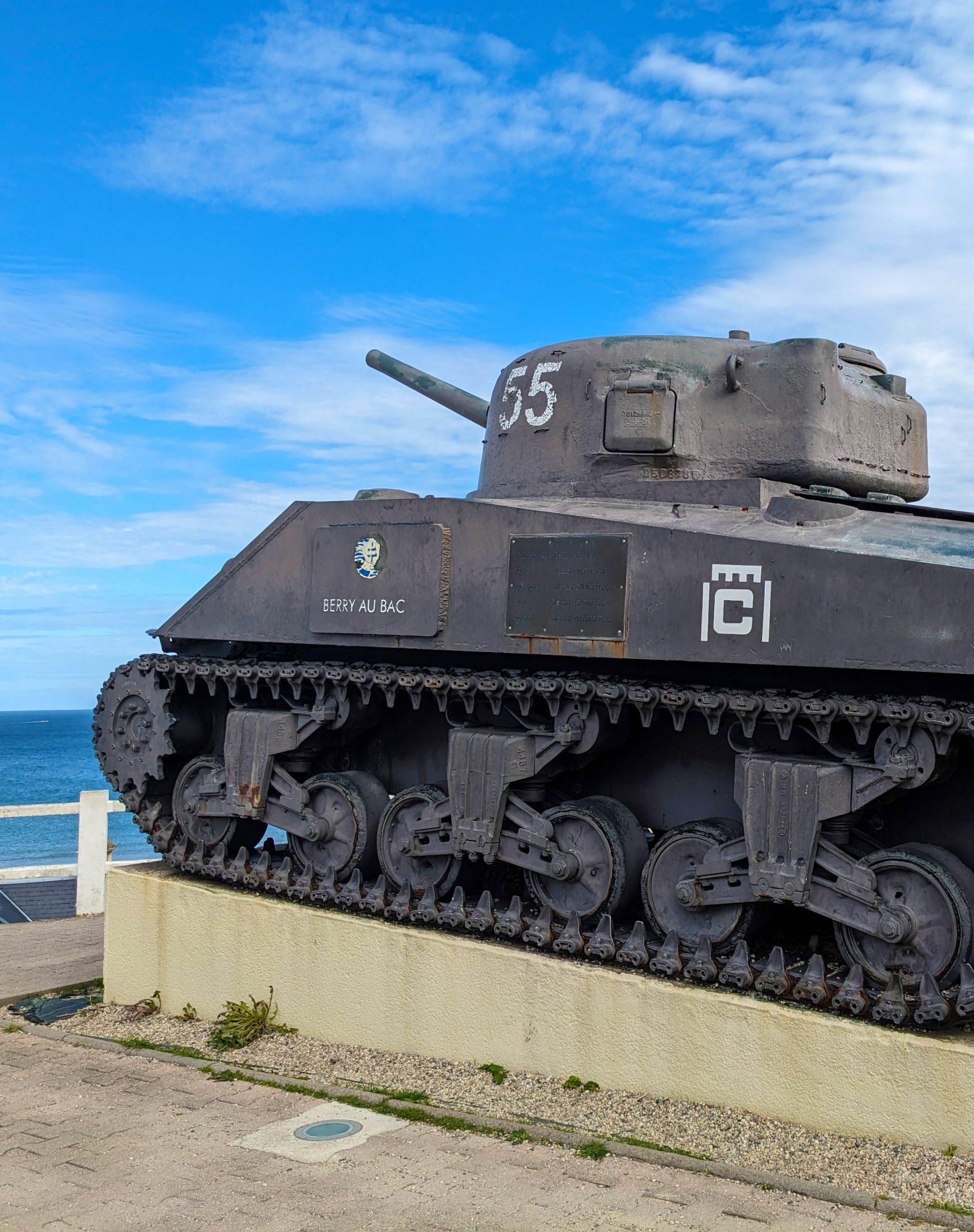
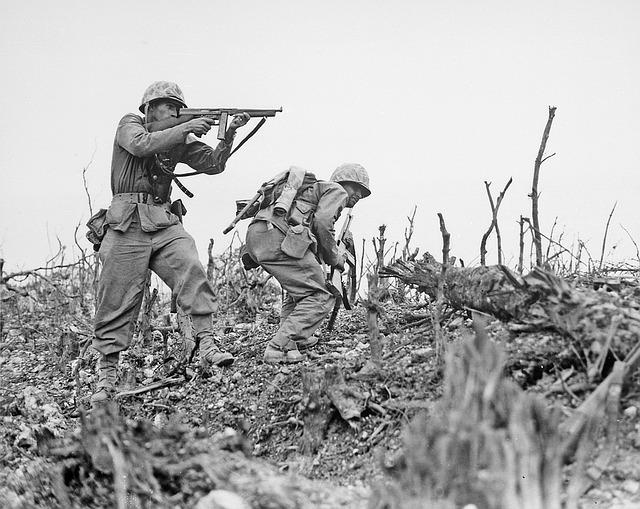



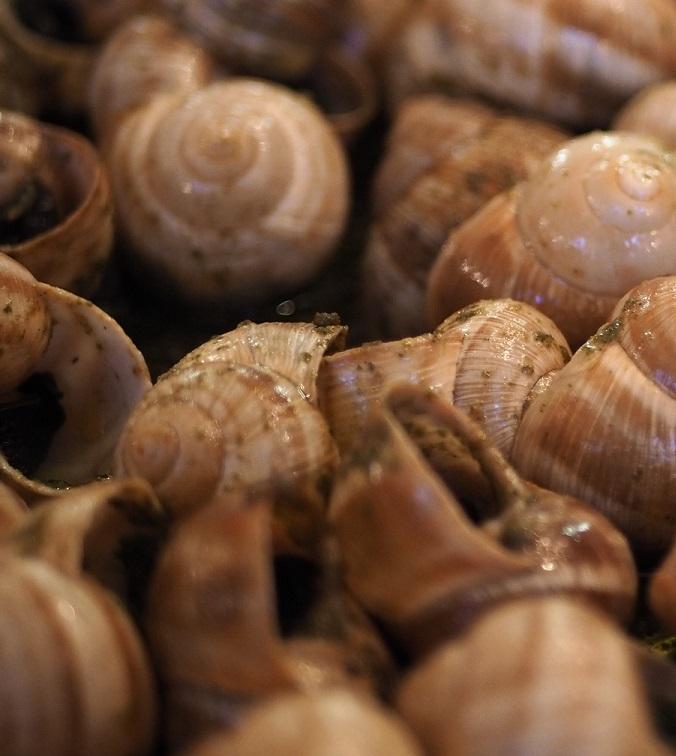
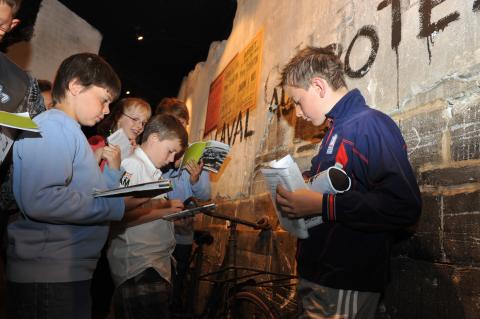

Accommodation
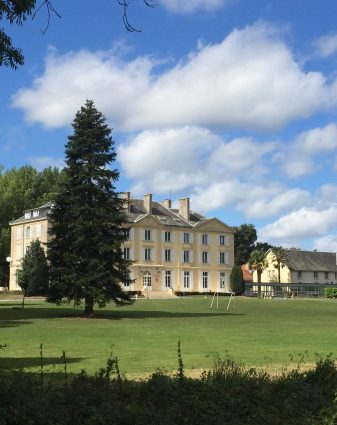
Our exclusive 18th century Château du Molay can accommodate 195 guests in 42 en-suite bedrooms and is set amongst 38 acres of beautiful private parkland.
Located only 14kms from Bayeux, within easy reach of the world famous Calvados coast and just a 45 minute journey from Caen, the Château is in an ideal location for easy school trips from the UK.
Learning outcomes
Subject focus
Students can:
- Engage in learning outside the classroom by exploring the language, culture, history, and geography of a different country.
- Practice speaking a foreign language in an authentic environment.
- Build confidence and develop valuable skills for personal and team achievements.
- Gain a deeper understanding of another culture and broaden your perspective.
- Enjoy discovering, exploring, and sharing experiences with classmates and teachers.
Student outcomes
Students will have had an opportunity to:
- Travel to a foreign country and immerse yourself in a new language and culture.
- Build independence and boost your self-confidence.
- Deepen existing friendships and form new connections.
- Discover more about history, including World War II and the Norman Conquest.
- Learn about the local countryside and regional produce.
- Explore new activities and enjoy memorable experiences.
Related tours
There is so much to discover in Barcelona, from football to fashion, art to architecture, and of course language. The Catalonian capital is a perfect hub for every subject, which makes Cross-curricular school trips to Barcelona a great option for a multi-subject school tour.


